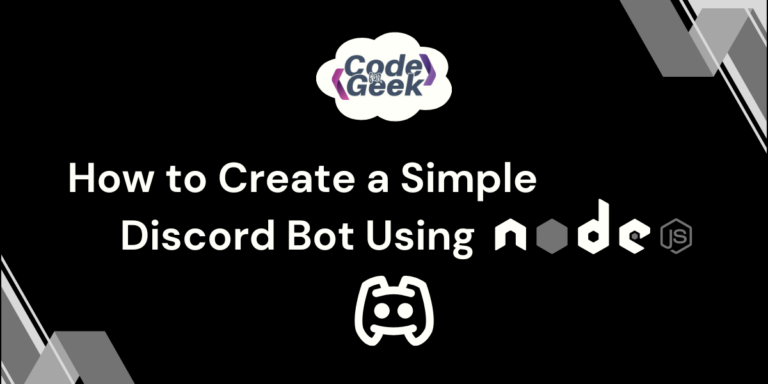


Node.js console.log() Explained: Syntax, Parameters & Practical Examples

Ajax in Node.js: How to Build a Live Search Feature

Develop Command Line Applications Using Node.js & SpeedTest.net

Making HTTP Calls in Node.js Using Built-in HTTP Module

How to Create a Simple Discord Bot Using Node.js (Easy Steps)

bodyParser is deprecated in Express 4: What to do?

How to Encode and Decode Base64 Strings in Node.js


